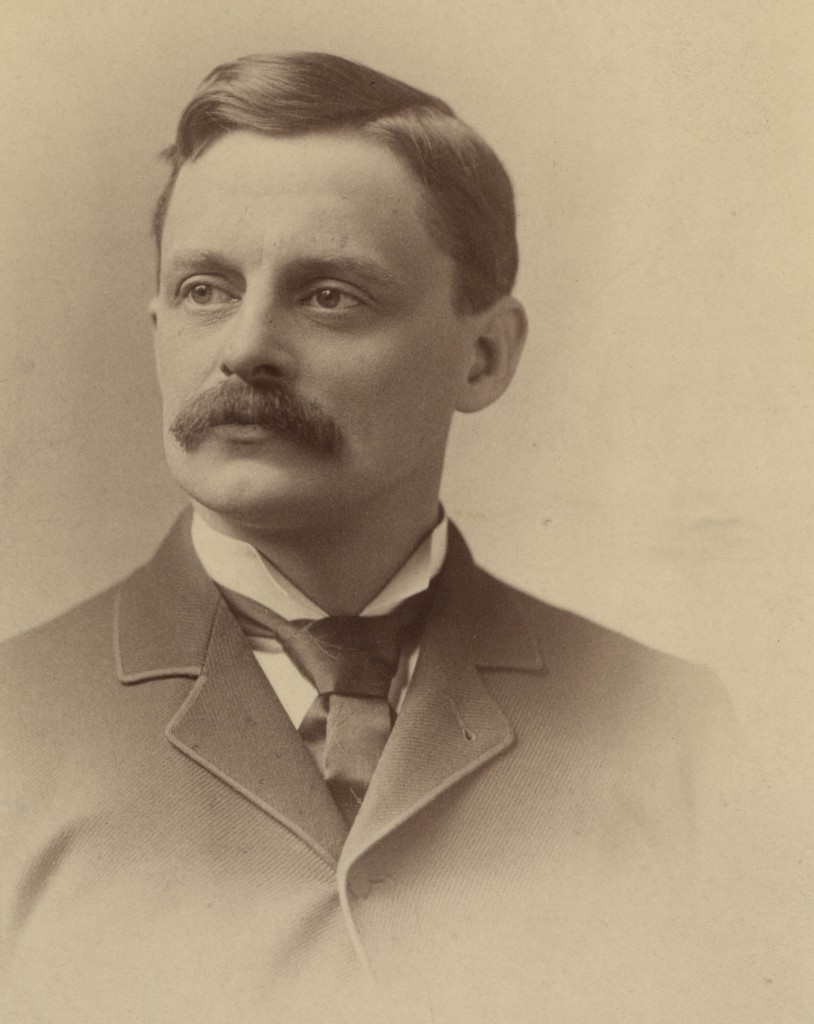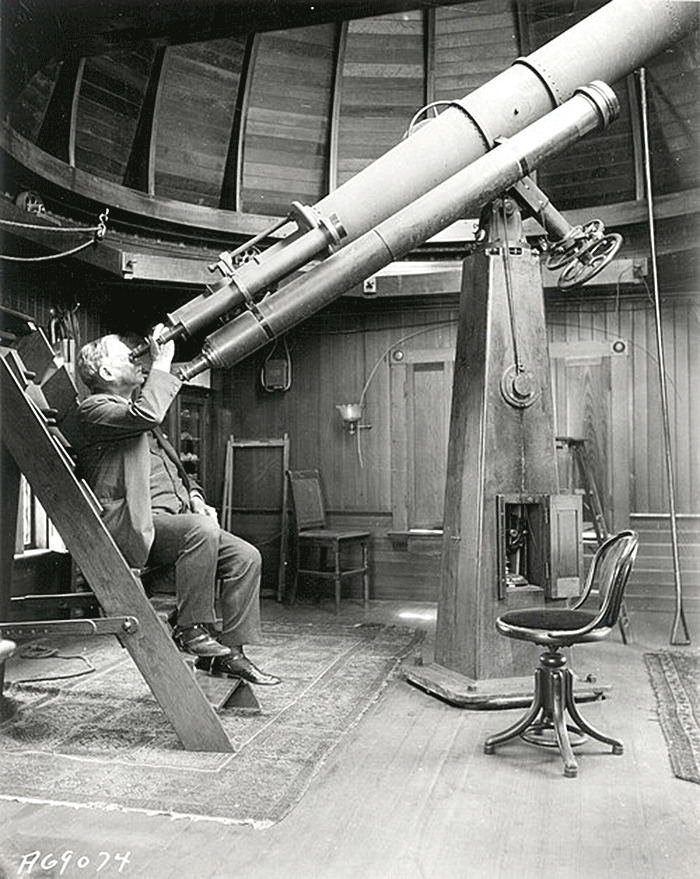GE came to be in 1892, when New York financier J.P. Morgan organised a merger of equals between Thomas Edison’s Edison General Electric Company and Elihu Thomson’s Thomson-Houston Electric Company to form GE. Thomson-Houston’s top executive, Charles A. Coffin, became GE’s first president.
 Harriet”, the world’s largest and most efficient gas turbine.
Harriet”, the world’s largest and most efficient gas turbine.Thomson was born in England in 1853 but moved to America as a boy. When he was 11, he became so fascinated with electricity that he built an electrical machine out of a wine bottle. “I got my first view of electric sparks from that machine, my first knowledge of electricity from that machine,” Thomson told a biographer.
After graduation from high school, he taught science and became a professor at the age of 23. In 1880, he and his high school colleague Edwin Houston started a business selling arc lamp systems. They were so successful that a decade later their company rivaled Edison and Westinghouse Electric Co.
After the merger with Edison, Thomson became GE’s chief engineer and encouraged the company to establish a research laboratory in Schenectady, NY. The lab became GE Global Research.
Over his career, Thomson made pioneering contributions to the development of alternating current systems, dynamos, electric streetlights and railroads, x-rays and other technologies. He received more than 700 patents.
Today, scientists at the lab he started are developing software that connects machines to the Industrial Internet, advanced manufacturing methods like 3D printing, and supermaterials such as ceramic matrix composites (CMCs), which are already flying inside jet engines.
“The historical narrative of electrical events in the pioneer days,” Thomson wrote,” carry me back in retrospection to the time when I first began to see that the electrical applications must have a great future and especially that electric illumination would probably be the earliest development on a large scale.”
This story was orginally posted on GEreports.





